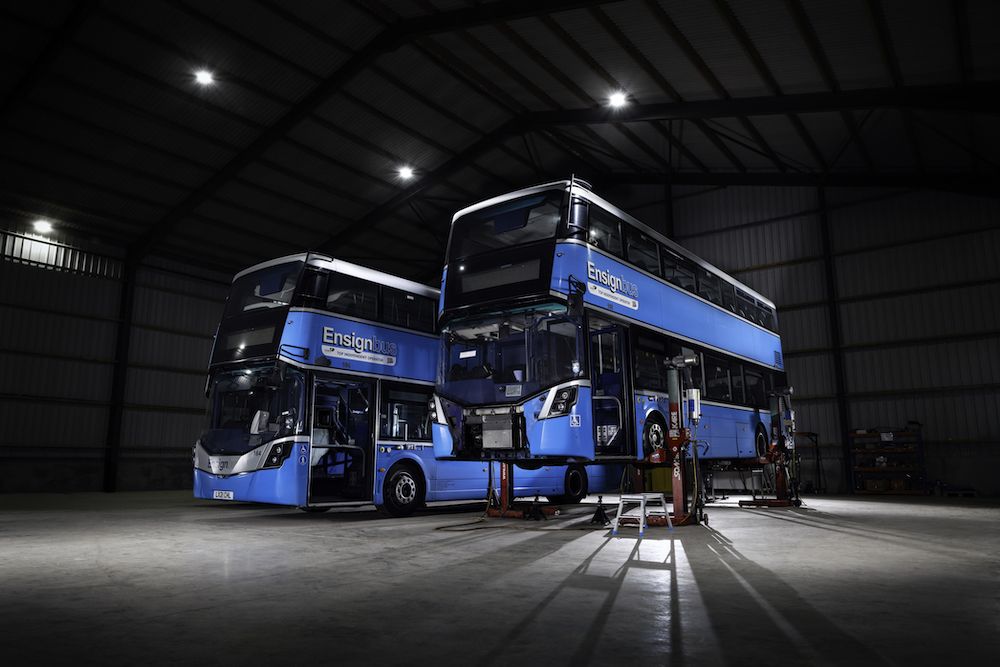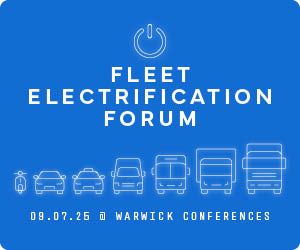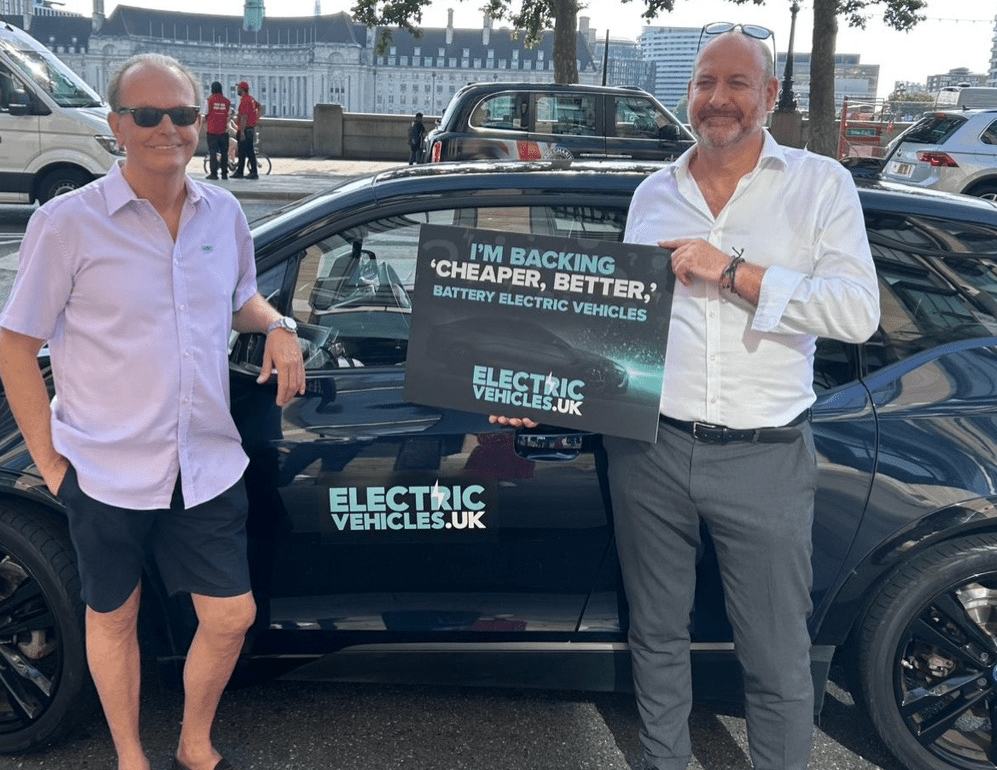Orlin Radev, CEO of AMPECO, a leading software provider of EV charging management solutions, explains the growing EV home charging market and strategies to build a successful home charging business model.
When you think of EV charging, what’s the first thing that comes to mind? Perhaps it’s vehicles charging outside the supermarket or dedicated charging spaces at office buildings. As more and more EVs take to the streets, there’s no doubt demand for charging is going to increase. However, in particular, one area is set to see an explosion in growth: home charging.
Prime minister Boris Johnson announced new regulations on November 22, 2021, stating that new homes built in England will be required to install EV charging points. This regulation also includes buildings undergoing large scale renovations. It is estimated that 145,000 charge points will be installed annually across the UK thanks to this legislation, in preparation for 2030 when the sale of new petrol and diesel cars will end. This is good news for home charging.
In fact, 80% of EV charging is already done at home! What’s even more interesting is how much home charging tends to be overlooked by major players in the EV charging industry.
While it may not appear as trendy as installing charging stations in malls and office towers, home charging represents one of the single most significant areas for EV service providers to expand their market share. A survey by Centrica Business Solutions in 2021 showed that in the UK, one-third of all businesses plan to install or reimburse home charging costs for their employees.
To give you a better idea of the opportunities home charging presents, let’s look at the two most common use cases.
Case 1: Homeowner with a dedicated garage
This is the scenario you’re likely most familiar with. The driver comes home, plugs in, and wakes up the following morning to a vehicle that’s fully charged. This is done through the individual’s home charger, which may or may not be connected to an operator’s platform.
Case 2: Apartment Buildings and Residential Complexes
For the second case, we need to think bigger. Imagine you’re the property manager of an apartment complex. You have dozens of tenants plugging into your building’s charging stations, all wanting to charge at the same time. At this point, several problems arise.
How do you protect your building’s grid?
How can you schedule charging efficiently?
How do you bill tenants for their charging use?
With the help of an EV charging management platform, each of these situations presents an opportunity for you to attract new customers, offer customised solutions, and expand your market share.
But how do you structure your business to best capture this unmet demand? To answer this question, let’s take a closer look at two essential EV charging business models:
E-Mobility Service Providers (eMSPs)
The main focus of an eMSP is to offer charging services to EV drivers. EV drivers log into the eMSP’s app, view charging stations in their area, start and stop charging, and pay using any method accepted by the charge point operator.
Add in home charging, and you now have an all-in-one platform. At the touch of a finger, drivers can enable smart charging to coordinate with their electricity provider’s time of use tariffs, obtain charging credits, and view the eMSP’s entire network of charging stations.
Your platform essentially becomes the default app for all the driver’s charging needs. Not only does this mean the app will stay on their phone, but it will become only one of the driver’s most commonly used apps. For this reason alone, the home charging market is one eMSPs can’t afford to overlook.
Charge Point Operators (CPOs)
As its name suggests, charge point operators build, install, and operate EV charging stations. CPOs partner with eMSPs to promote access to their charging station network.
By expanding to the home charging market, CPOs stand to gain a significant share of an underserved market. Imagine having a huge user base of customers with your app on their phones to manage their home charging stations.
Combine this strategy with roaming, either through direct OCPI connections or through roaming platforms like Gireve or Hubject, and you automatically have a huge network of coverage to offer your customers.
Image courtesy of AMPECO.














